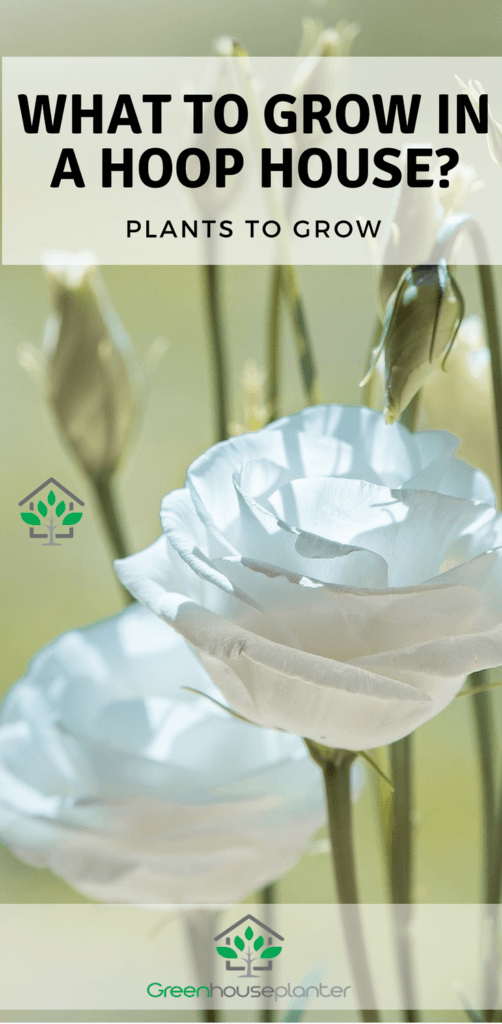![]()
Plant Dreams, Grow Gardens
The selection of plants or vegetables for growing inside a hoop house depends mostly on your choice, climate, and market demand ( If you are growing for the market). You can easily grow most of the vegetables inside your hoop house. Majority of the hoop house gardeners grow tomatoes which is a high-value crop. Besides, tomatoes you can easily grow common veggies like cucumbers, spinach, eggplant, bell peppers, lettuce, broccoli, melons, summer squash, etc inside your hoop house. You can also grow fruits like raspberries, citrus, strawberries, peaches, and grapes. Finally, in herbs, you can grow chives, Basil, Dill, Parsley, Mint, Chamomile, and Cilantro in your hoop house.
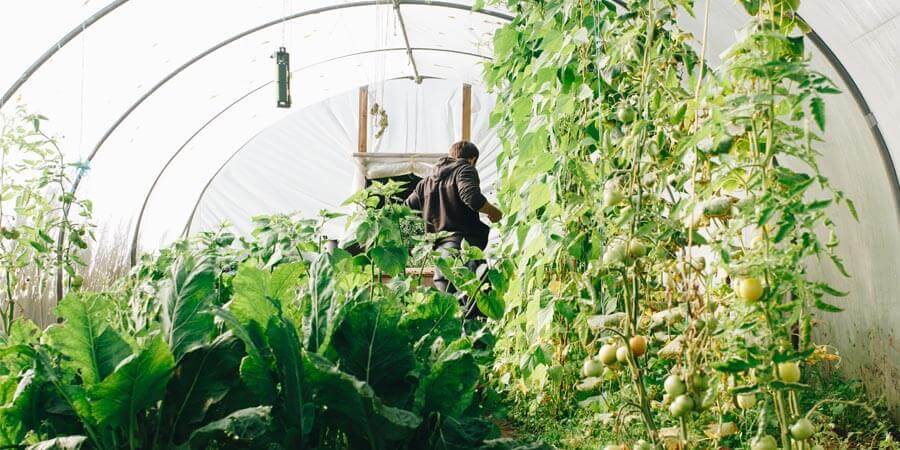
Unlock the potential of your garden with GreenhousePlanter – explore our PRODUCTS today!
You might be new to gardening and keep asking yourself, ‘how can I grow a crop that can withstand harsh weather conditions”. Actually, the hoop house helps to shelter your plants from these conditions.
A hoop house is basically used to grow plants that cannot strive well in the outside environment especially during the winter. It is easy to construct and does a perfect job of providing an optimal eco-system for your plants to thrive in.
Do you have a hoop house? Good! You might be wondering what kind of plant to grow in it. Depending on what you want to plant, you can grow veggies, fruits, herbs, and even flowers in your hoop house.
There is no perfect arrangement or special kind of plant that can be grown in a hoop house. It actually depends on the planting season, the location, and definitely your preference.
If you don’t have a hoop house and wanna build one your self then you can follow this detailed guide on “DIY hoop Hose A Complete Guide”.
Your local climate mostly determines the type of plants you should grow. The crop that you want to grow should be the kind of crop that won’t do well outdoors.
You would run out of a hoop house in summer because of the heat, but some plants can withstand the heat. In order to combat the heat inside your hoop house, you should use shade cloth and proper hoop house ventilation.
You will have to wrap the shade cloth around your hoop house from outside and it will allow partial sunlight to pass through it, preventing your plants from overheating. I recommend using (e.share 40% Black Shade Cloth).
For hoop house ventilation I will recommend you to follow this article.
In cooler areas, the hoop house offers just enough support to grow plants during the early spring and late winter. However, if your region gets continuous winter frost during the day it is recommended to heat your hoop house during winter so that your plants keep on thriving. You can follow the following articles on heating the hoop house.
You can easily grow majority of the vegetables inside your hoop house, Lets discuss some of them in detail.
Tomatoes are the most common corp, abundantly grown in hoop houses ( because of its high market demand ). There are two types of tomatoes that you can grow inside your hoop house, these are 1) Determinate Tomatoes and 2) Indeterminate Tomatoes.
Determinate tomatoes produce a large amount of fruit for only 2-3 months whereas indeterminate tomatoes produce all year long. Determinate Tomato plant stops growing at 4-5 feet height whereas the growth indeterminate tomatoes do not stop. Depending on your choice you can select the tomato variety you like the most. Here is an extensive guide on growing tomatoes inside the hoop house.
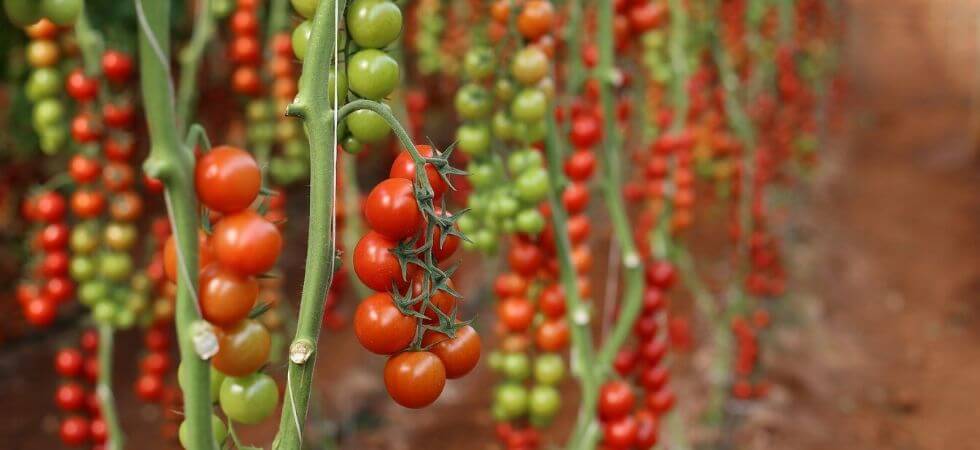
Bell peppers! Red, Yellow, and Orange! These three to four lobes versatile veggies, Is everyone’s favorite food. You can easily grow bell peppers inside your hoop house. Make sure that you provide the perfect growing environment for your bell peppers. These include optimal temperature, preferred humidity level, best soil composition, and better pest control. All of this information is provided in detail in the following article.
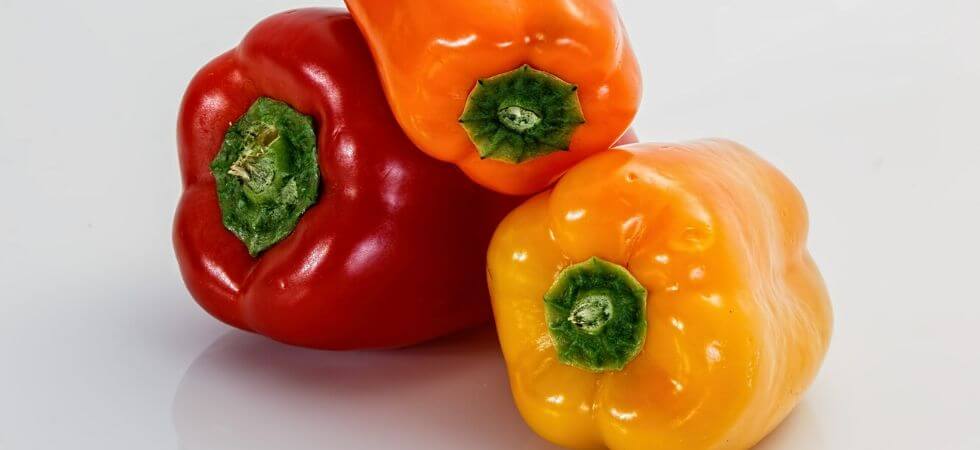
Broccoli is an excellent vegetable packed with many health benefits. This veggie contains vitamin C, K, B1, B2, B3, B6, iron, magnesium, potassium, zinc, and fibers. It also contains sulforaphane compound which has anti-cancer properties.
Broccoli is actually cold season vegetable and you can easily grow them inside cold frame hoop houses. This veggie will give you 1 or 2 main harvest and multiple mini harvests. The link provides a complete guide for growing broccoli inside your hoop house.
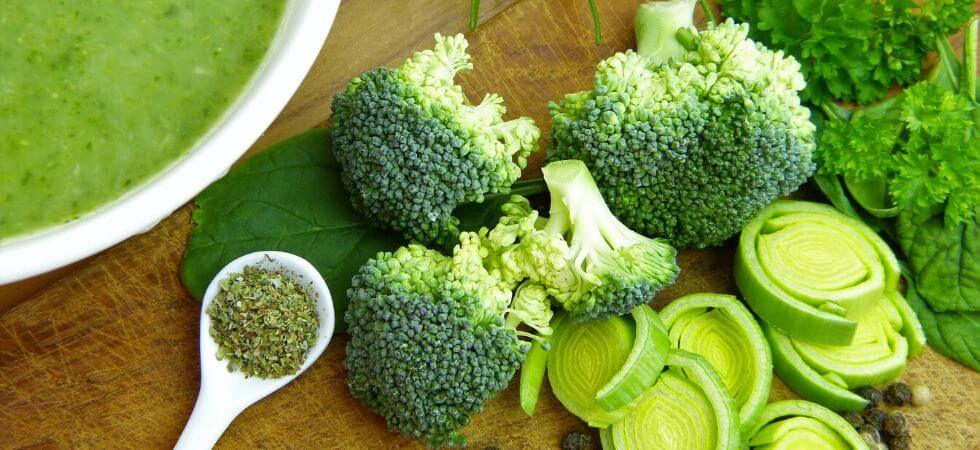
This deep purple skin veggie (also known as aubergines or brinjal) belongs to the nightshade family of plants and is very popular among gardeners. Eggplants are rich in nutrients, like proteins, manganese, fiber, folate, potassium, Vitamin K, and Vitamin C.
Eggplant is a warm-season vegetable, and require high temperatures, like that of tomatoes and peppers. You can easily grow Eggplants in your hoop house and provide your family with an abundant amount of delicious veggies.

This light green cold season crop is our favorite and it serves as the main ingredient for our salad and fast-food burgers. This leafy green is rich in vitamins A and K. It is also a good source of calcium, potassium, vitamin C, and folate.
As it is a cold-season veggie so you can easily grow lettuce inside your cold frame hoop houses. This veggie will be a part of your salad even in winter when fresh veggies are scarce.

This is one of my favorite veggies and I always end up growing carrots in my hoop house. Carrot is a highly nutritious veggie and it is a good source of fiber, vitamin K1, potassium, antioxidants, and vitamin beta carotenes (good for eyesight).
Carrots are cool-season crops and are tolerant to cool weather making it one of the best candidates for growing it inside your hoop house during winter.

Corns are a rich source of fiber, vitamins (Vitamin B12), minerals, and antioxidants. This vegetable doesn’t seem fit to grow inside a hoop house. But, trust me you can easily grow corn inside your hoop house.
To successfully grow corn inside your hoop house you need to provide this veggie with the ideal soil, sunlight, and frequent pollination sessions. You can learn more about hoop house corn in this extensive guide below.

Onions (Allium cepa) is an underground vegetable and its bulbs have loads of health benefits. Onions are a good source of flavonoids, Vitamin C, phytochemicals, and sulfur compounds. Flavonoids, lower the risk of stroke and cardiovascular disease. Furthermore, the antioxidants in Flavonoids present in onions fight again cancer and it also acts as a natural blood thinner.
You can easily grow onions inside your hoop house. You have to provide the ideal soil, pH, temperature, and humidity levels. You can check out this extensive guide on how to grow onions inside your hoop house.
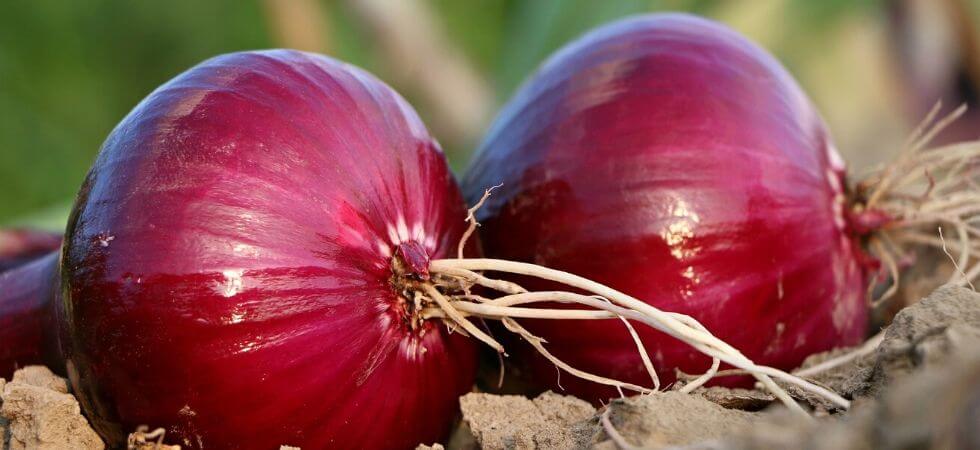
Besides the veggies that I have mentioned above, you can easily grow Spinach, Cucumbers, Peas, Melons, Summer Squash, Kale, etc inside your hoop house.
I hope that you getting a ton of information from this blog. Subscribe to our email newsletter so you don’t miss out on our upcoming articles.
Majority of the fruit trees that are tolerant to frost are grown outdoor (like apple, pomegranate, apricot, etc ), and growing them indoors makes no sense for these plants.
Other tropical fruit trees like pears, bananas, peaches, oranges, lemon, etc that do well in year-round warmth are a good candidate for growing inside a hoop house.
But, I personally don’t like growing trees inside my hoop house because they occupy more space and the hoop house must be very tall. I prefer to add fruits that grow on vines and bushes (or bush-like trees) inside my hoop house.
You can easily grow the following Fruits inside your hoop house.
You can easily grow small Tropical trees that produce fruit during the winter. These include Lemon, Pomelo, Orange, and Blood Orange.
They will be happy in the cold frame hoop house during winter and during winter you will have a fresh supply of juices for your morning breakfast.
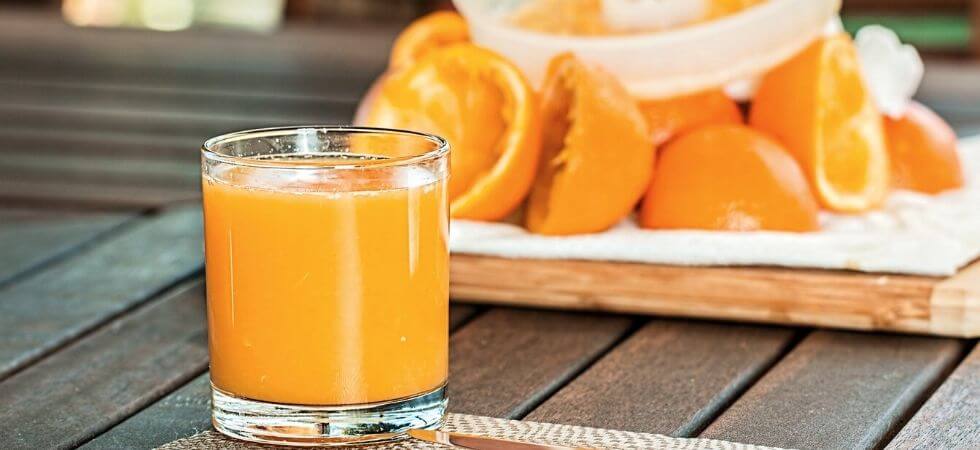
Grapes can easily survive frost so most of us don’t even bother to grow grapes inside our hoop houses. I myself will prefer to grow them outdoor rather in a hoop house.
But growing grapes inside a hoop house will provide better pest control and will save your grapes from insects and birds.
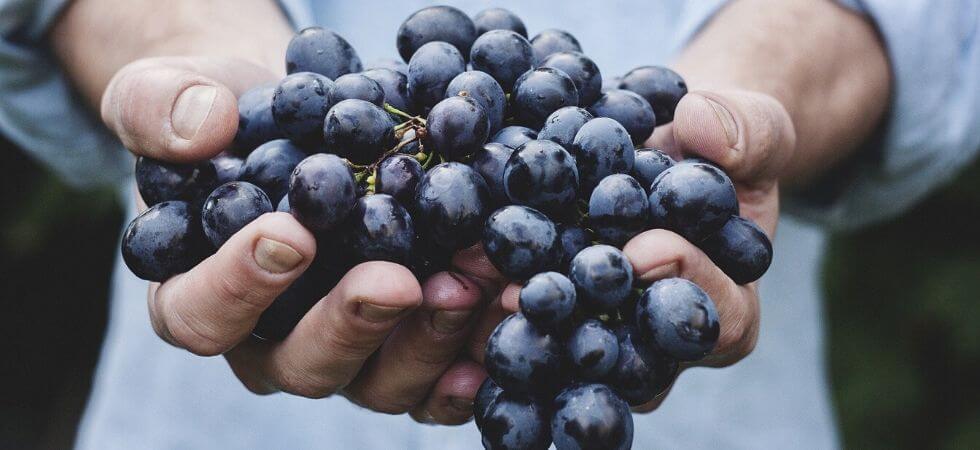
Strawberries are the most popular fruit that is commonly grown inside a hoop house. Outdoor strawberries cannot tolerate frost and during winter they move into a state of “hibernation” by slowing their cellular process. They will remain dormant until the temperature rises during the spring and they will revive back.
By growing strawberries inside a hoop house, you can prevent it for frost and they will remain green and healthy during the winter.

Raspberry bushes are actually cold tolerant but the plant will undergo serious damage in the frost, therefore it must be protected from the frosty winters.
This makes raspberry a perfect candidate for growing inside hoop houses. Your delicious raspberries will remain healthy and happy during the winter and produce loads and loads of fruit.
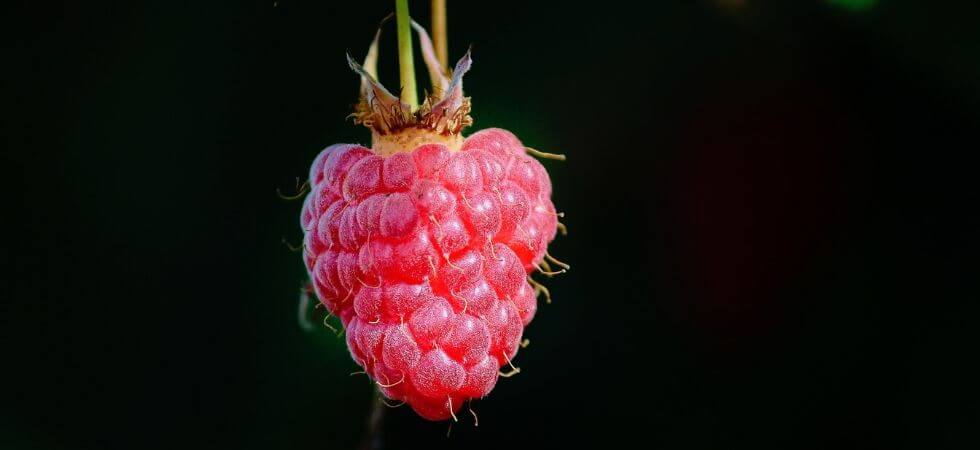
Mint is one of the best candidate for growing inside a hoop house. However, it is a very invasive plant so you should grow it in a separate container or a raised bed in your hoop house. This will provide you a fresh supply of mint all year long.
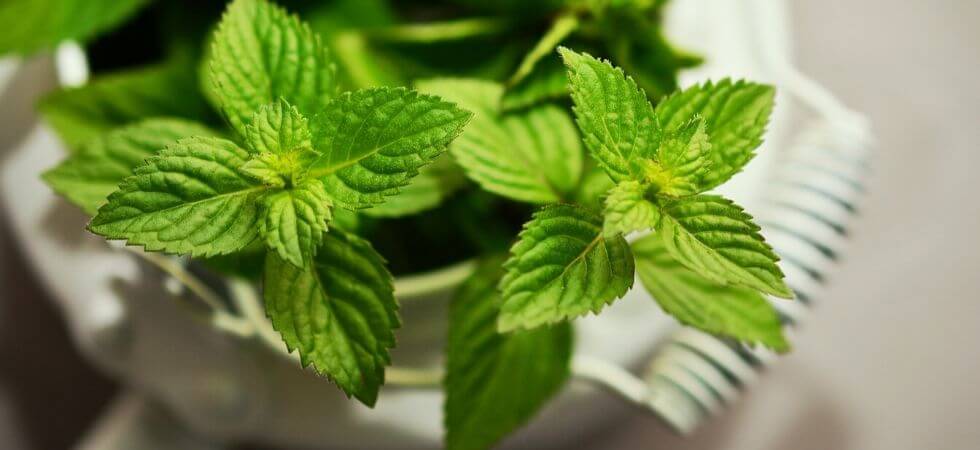
Basil has anti-bacterial properties and it is very beneficial to reduce inflammation. This adds flavor to meals, and its nutrients will provide many health benefits. I have seen many greenhouse gardeners growing loads and loads of basil in their hoop houses. You can easily grow basil inside your hoop house provided that you have well-drained soil full of nutrients.
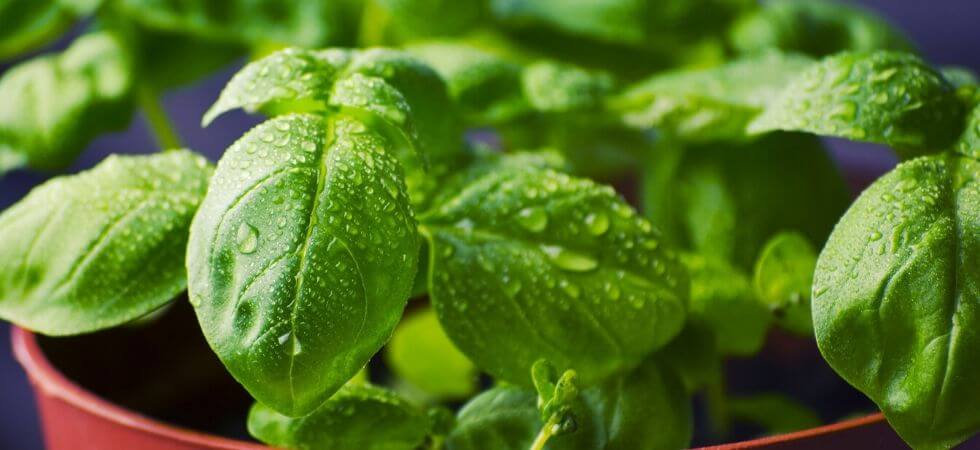
Thyme is an aromatic herb that is not only used in dishes but it is also used in tea especially as a treatment for cold due to its anti-bacterial properties. Thyme is a woody type of plant and can be easily propagated from cuttings. You can surely grow thyme inside your hoop house.
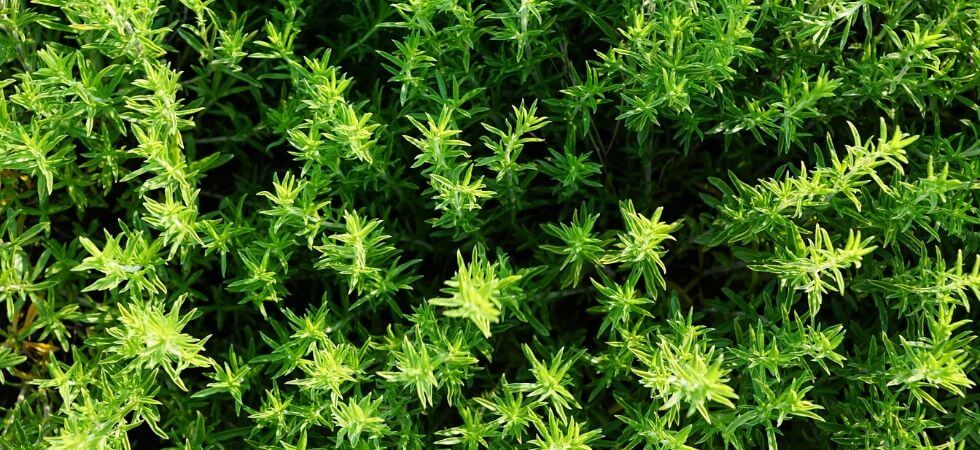
This herb belongs to the onion species and is famous for improving metabolism and it also stimulates appetite. Chives are also famous for preventing cancer from advancing. You can easily grow this beneficial herb inside your hoop house and make it a part of your salad.

Aside from the herbs that I have mentioned above you can easily grow Psyllium, Rosemary, Dill, Catnip, Lavendar, Parsley, Chamomile inside your hoop house.
Okay! Here we are. Let’s discuss some flowers.
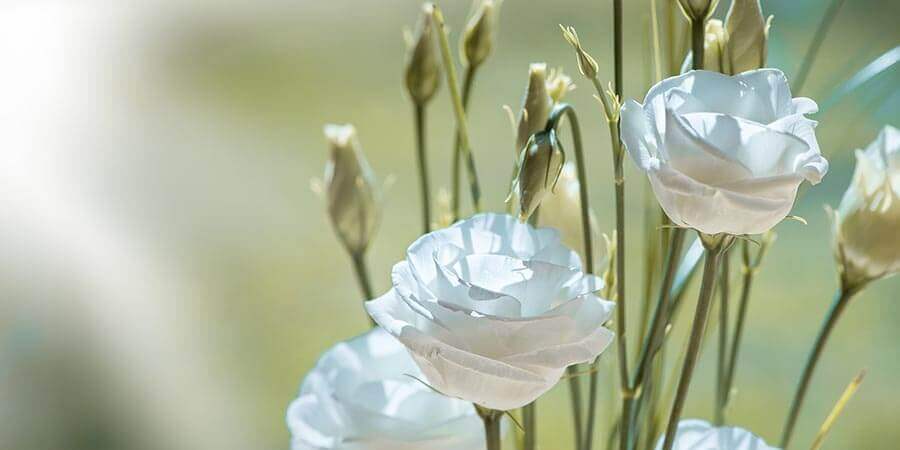
These plants are able to stand the heat of the summer. They are mostly the owners of the hoop house. There are different types of lisianthus. These include- Eustoma grandiflorurn, Gentiana puberulenta, and Eustoma grandiflorum, don’t mind the big names used they are mostly called texas bluebell.
Lisianthus was a single flowering plant that has one color of either pink, white or purple. The common ones are the brown-hued, Wonderous, and spray-flowered Fioretti. There is also the ‘Fioretti White’, and ‘Fioretti Yellow’ known for its beautiful colors of white and pale yellow, respectively.

Grown between the late winter and close to early spring and it comes from the coastal regions of Spain, Monaco, part of France and areas close to the Mediterranean sea. The plant has a natural scent and can be of different colours including white, red, rose, purple, lavender and pink.
The stock is another species with excellent potential for hoop houses they are strong enough to stand the winter blast. So they are able to do well in areas that have light to moderate freezes. For example coastal California, however, some areas of the south-eastern United States are known to produce excellent quality stocks during the winter.
Hoop houses are used to protect these plants from the worst cold weather that can damage plants. Stock’s quality is best under cool temperatures, but they can strive well under warmer temperatures.

Although the ornamental kale resembles the cabbage plant, they are not grown for their edibility instead they are grown for their beautiful ornamental properties. That is to say, the leaves are edible and bitter and are used as herbs and culinary garnishing.
kale is a magnificent ornamental plant with wavy leaves of green and a purple or pink patch in the middle. Cut kale is one of the plants that remind us that the term cut-flower is not rightly used in some context.
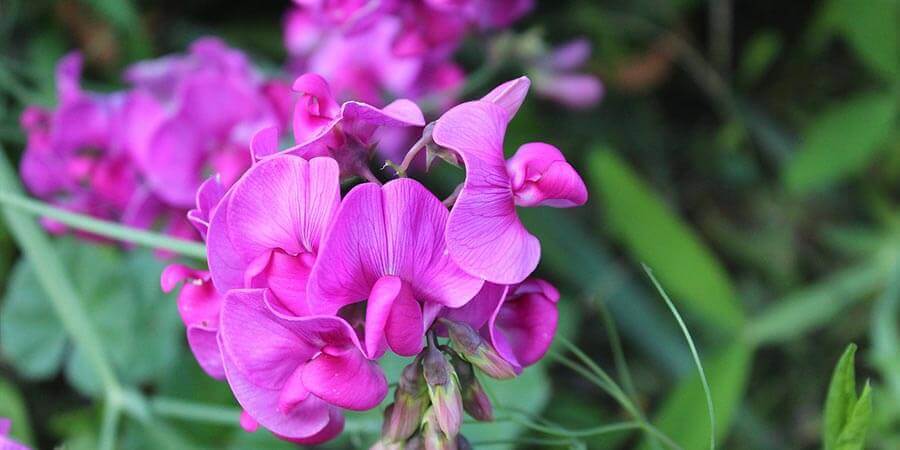
Sweet peas are easy to get from the market and you can easily grow them yourself. Sometimes it’s known to have patchy germination due to the hard seed coat it possesses. This becomes a problem when it’s germinating.
This problem can be solved by the use of wet tissue or cloth. Put the seed in the soft tissue role or cloth and leave it in a warm room. You have to be careful not to soak it as most people are tempted to do so. It might damage it. Usually, there should be no germination problem, and not before long you will see your seedlings appearing. They are able to withstand cold temperatures too and is one of the best candidates to grow inside a hoop house.
Although sunflowers are originally field-grown like all plants, the sunflower grown in the hoop house tends to be of high quality. They are okay when grown in pots, but not exotic when grown that way. Like in the field, sunflowers should be grown in the ground and also take caution not to overheat the hoop house. It might reduce the quality of the sunflower. The sunflower is of different species and is categorized according to their lifespan and size. They include:
Tall Perennial Sunflowers- Many sunflowers grow as perennials. During the winter, sunflowers will die from the stock leaving the root as a way of protecting itself from the winter. Then during spring, the sunflower plant will grow from the root again. One illustration is the Maximilian sunflower (Helianthus maximiliani) getting 4 to 11 feet high with long slim leaves and unbranched stems, which are 10 inches long.
Short Perennial Sunflowers– Short perennial sunflowers grow quite smaller than normal sunflowers, these cute little flowers reach dwarf sizes of only a few inches. These types blend into the plot rather than dominating the garden. willow-leaved sunflowers (Helianthus salicifolius) getting only to 2 to 5 feet high, the blossoms reach 3 inches wide, and the stems are enclosed with slender and hairy leaves. This variety tolerates poor soil that drains well.
Tall Annual Sunflowers-They are tall annual sunflowers. Since they are tall, they need to be stacked upright so that it stays that way when they blossom. Branching sunflowers (Helianthus debilis) grow solid stems that have branches enclosed with glossy green foliage. The 5- to 6-foot-tall stems support nodding 2 1/2-inch-wide summer flowers, which attract birds and insects.
Short Annual Sunflowers– Annual sunflowers also comprise of dwarf categories of sunflowers, which can be just a few inches high. Like other annual plants, they die out after producing seeds and need to be planted the following spring. For instance the Sunspot dwarf sunflowers -Helianthus annuus “Sunspot” that remains small, getting only about 23 inches high with big 10-inch-wide golden-yellow flowers.

Apart from these flowers listed above, you can also grow other plants like the Ammi majus, bupleurum, campanula, delphinium, dianthus, digitalis, larkspur and lupine.
Well, that is it for now. There are numerous plants that are eligible to be planted in the hoop house. Have a great planting season and enjoy your hoop house.
We have created this cool pin for you, save it to your Pinterest Greenhouse Gardening Board.
